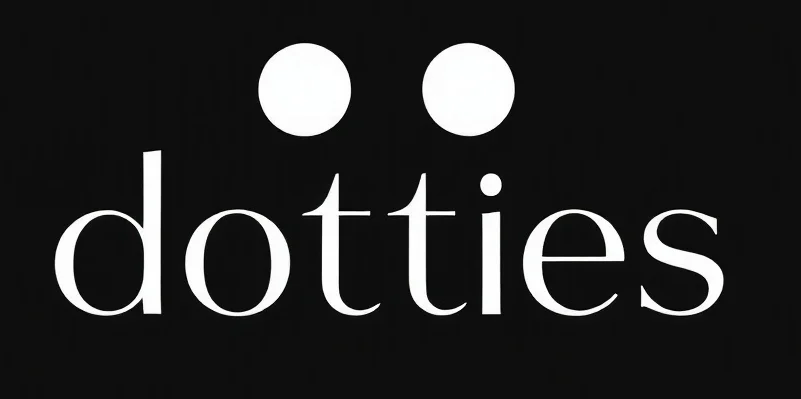Decoding the Amazon Vine Program: A Human-Centric Approach
In the world of e-commerce, customer reviews are akin to the chatter of a bustling market, each opinion a potential influence on buying decisions. But what happens when these voices are curated by an elite club of reviewers, as seen in the Amazon Vine Program? For a deep dive into this, check out the vine customer review of free product.
The Vine Program: Not Just Any Club
Imagine a club where members are handpicked to review products. That’s the Vine Program. Amazon invites top reviewers to join this initiative, which sounds prestigious, right? These members receive products for free to provide honest reviews. It’s like having an intern who’s given the keys to your product vault with the promise of insightful feedback.
Now, the curious part: these reviews are meant to be unbiased, even though the products come at no cost to the reviewer. It’s a bit of a balancing act, like asking someone to critique a free meal. The program’s goal is transparency, but the optics can be tricky. Does receiving a product for free inherently bias the review? That’s a question that hovers over the program like a sci-fi drone.
Trust in the Age of AI and E-commerce
Trust, in our AI-driven e-commerce world, is like trying to keep a hologram stable—essential yet elusive. Consumers rely on reviews, believing them to be candid reflections of a product. But when these reviews stem from a select group, the dynamics shift. It’s a bit like how AI can sometimes be perceived as an all-knowing entity, when in reality, it needs careful handling and oversight.
The Vine Program’s approach is a nod to the human element in AI—a reminder that despite algorithmic sophistication, the human touch remains crucial. AI can curate and analyze reviews en masse, but understanding the nuance of human opinion? That’s still a domain where humans excel.
Actionable Business Recommendations
For businesses navigating the e-commerce labyrinth, the Vine Program offers lessons aplenty. First, transparency is key. Make it clear when reviews are part of a program—it builds trust. Second, diversify your feedback sources. Don’t rely solely on one group for insights; mix it up to get a broader perspective.
Lastly, remember that AI is your partner, not your overlord. Use it to sift through data and spot trends, but always keep the human element in your decision-making. After all, AI is much like that intern—capable, promising, but still in need of guidance.
Checkout ProductScope AI’s Studio (and get 200 free studio credits)

